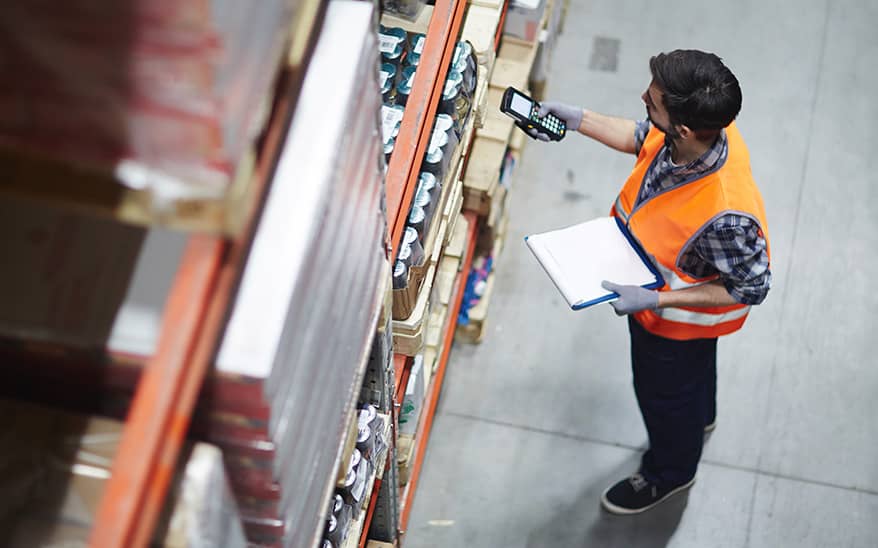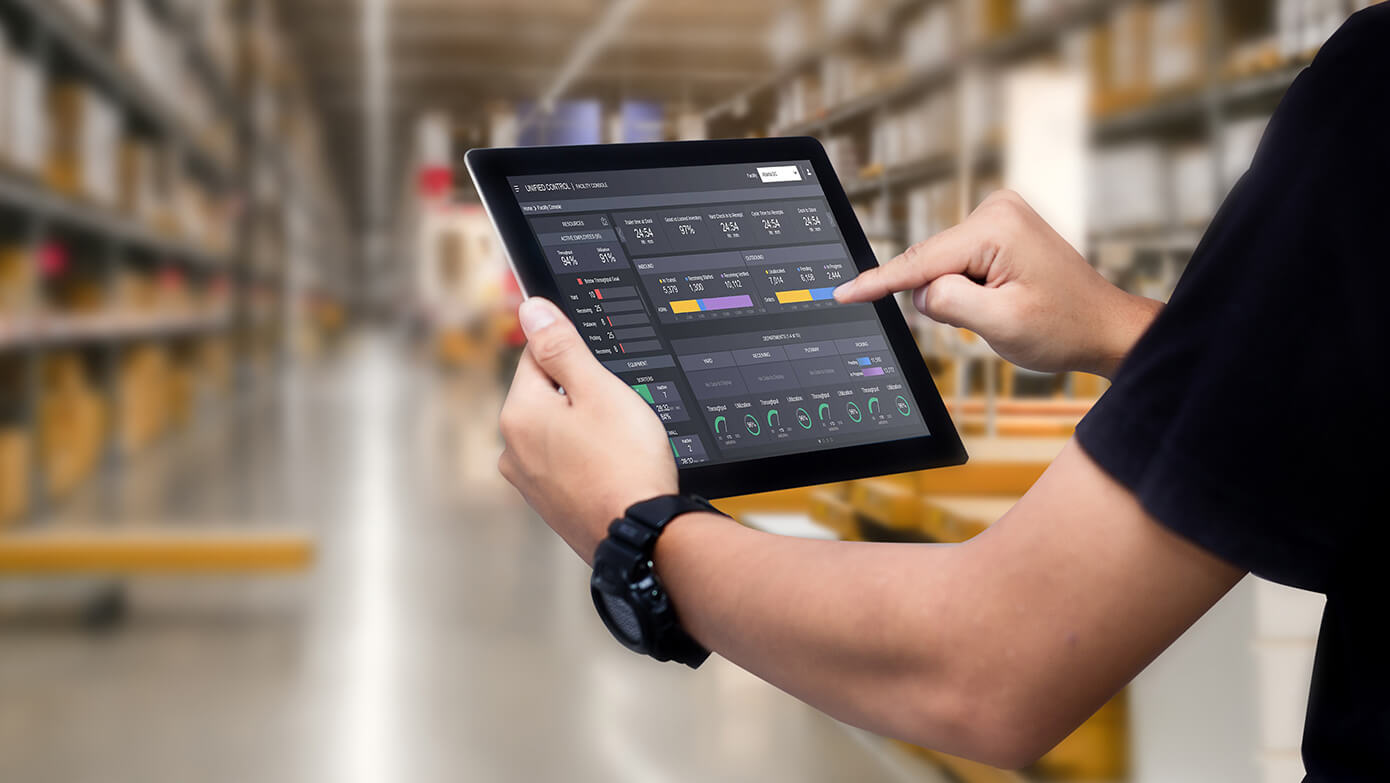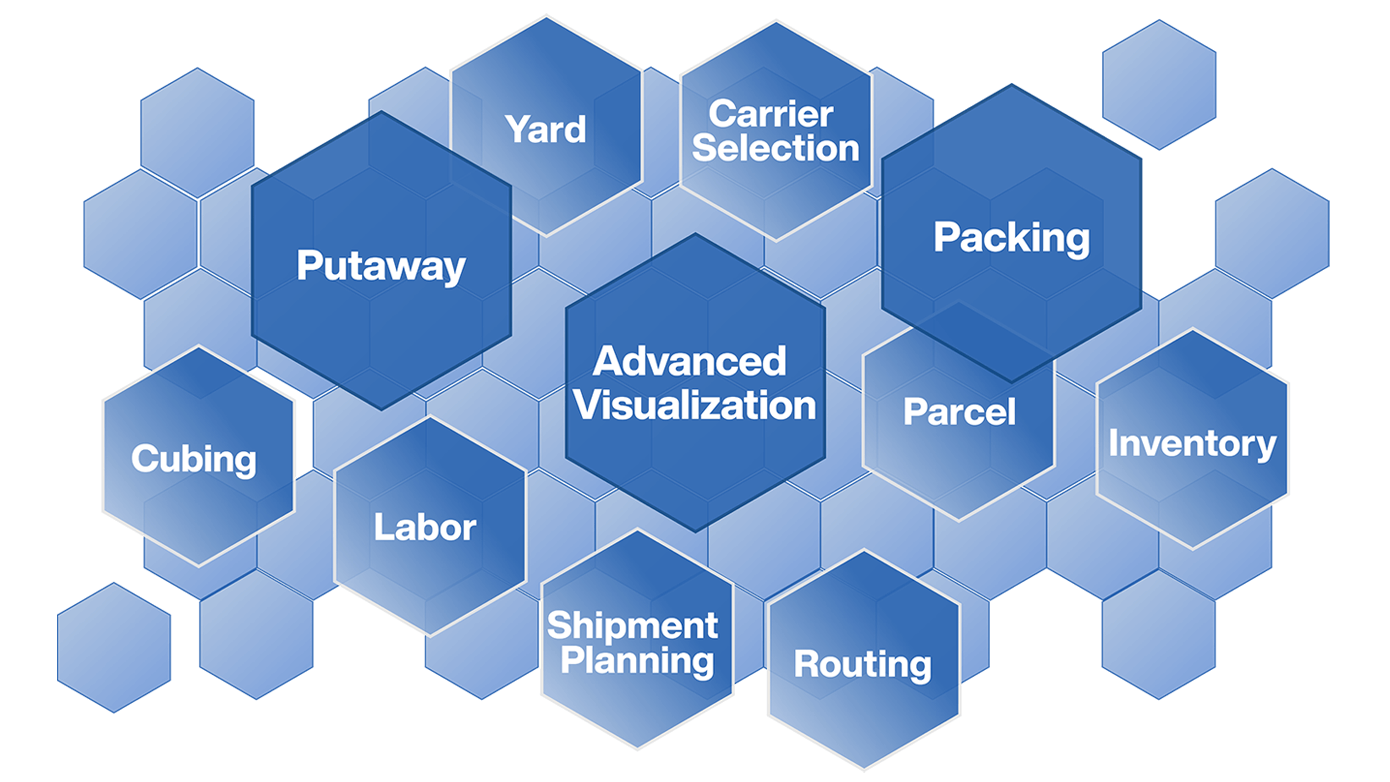New faces, AI innovation, and optimising the fundamentals: retail supply chain in 2025
- 31 January 2025
- Ben Sillitoe

If any further evidence was required as to the importance of running an efficient and robust retail supply chain in 2025 then the recent spate of industry leadership appointments provides just that.
Brand new job roles were created at Asda and Morrisons in January, for a start, with David Lepley joining the former from the latter as chief supply chain officer and landing a position as a member of the executive team. He is now in charge of the supermarket chain’s food and general merchandise supply operations.
Lepley arrives from Morrisons, which itself has brought in Michael Kosciukiewicz as supply chain & logistics director for convenience and wholesale, starting in February. He was at Boohoo for five years, and was head of operations at Asos before then.
His responsibilities are to improve the level of service the retailer provides to all its Morrisons Daily stores and wholesale customers.
Elsewhere, The Entertainer named former John Lewis Partnership group supply chain director, Mark Robinson, as its new chief operating officer, taking over responsibility for the supply chain, IT, and transformation from deputy chief executive, Jeremy Cobbold, who will leave the toy retailer later in 2025 after many years of good service.
CDS (Superstores International) – which trades as general merchandise retailer The Range – appointed ex-Amazon operations director Sam Davies as chief supply chain officer at the end of 2024. And, this summer, Nigel Jones will complete his first year as
COO with responsibility for the global supply chain at Primark.
Evidently, there are lots of new faces heading up the supply chain functions of European retailers. But what are the trends in the sector that are going to keep them occupied in 2025?
Focus on the fundamentals
According to a new report from IGD, a grocery training and research organisation, optimising retail fundamentals for success will be a feature of the months ahead. It describes how even though new technologies are capturing attention (I’ll get to that in a minute!), EMEA retailers are looking to reinforce core areas such as stock availability, pricing, and promotions.
These essential areas of the business are being scrutinised as grocers seek better efficiency and productivity against a backdrop of tight consumer spend – it is evident in Sainsbury’s Next Level strategy, for example, which involves investing in tech and infrastructure to deliver £1 billion of structural cost reduction.
Marks & Spencer, too, has been talking about supply chain modernisation as a key cog in its continued business improvement for several years, supported by automation in warehouses, systems upgrades to improve visibility and replenishment capability, and consolidating procurement processes.
Commenting on Lepley’s arrival at Asda, the retailer’s executive chairman Allan Leighton shows how important it is to get the fundamentals right.
“Delivering the outstanding value and legendary service our customers demand begins with making sure they can get the products they want every time they shop with us,” he remarks.
Shoring up the supply chain
A robust supply chain has never been more crucial for retailers, especially as geopolitical tension ensues and will likely bring about a need for flexibility in procurement, sourcing, and global distribution routes in the year ahead.
The new Trump administration in the US is also widely expected to bring in new trading partner levies, which will bring additional challenges for businesses, many of which – such as those in the UK – are already dealing with significant tax hikes at home.
Barclays Corporate Banking’s ‘Retail and Wholesale: 2025 Outlook’ highlights how bolstering the value chain will be vital in the coming months against this backdrop. It also talks of the need to deploy technology to automate back-office processes, enhance data-driven decision making, and support marketing efforts.
Karen Johnson, head of retail & wholesale at Barclays Corporate Banking, notes: “Many of the retail and wholesale businesses I talk to say they plan to continue to shore-up their supply chains and stock delivery processes to mitigate ongoing geopolitical risks.
“Businesses are also increasingly auditing their suppliers to ensure they can demonstrate that products are being manufactured responsibly and that their supply chain reflects their own sustainability commitments and stakeholders’ expectations.”
Unified commerce
Johnson is seeing a lot of what Manhattan Associates talks about coming into play, it seems.
“We’re seeing the increased adoption of ‘unified commerce’ technology solutions to help deliver customer-centric retail and drive efficiencies,” she says.
“These platforms are becoming vital in consolidating all front and back-end data and systems to create an integrated, measurable and seamless experience.”
It’s certainly not new for retailers to be seeking out such platforms or to remodel their organisations to be so interlinked across different sales and consumer channels, but in 2025 there are several reasons why this is going to get even more important.
For one, consumer caution persists – and that means retailers cannot rest on their laurels and operate with disparate systems that do not function optimally. At the back end, retailers need to have everything talking to each other – and the wider supply chain information must filter all the way up to store level.
With click & collect a firmly established fulfilment method in retail and multichannel retailers increasingly directing their shoppers to stores for product returns – not to mention stores becoming an ever more important touchpoint between consumer and brand – unified commerce solutions are critical to aid customer satisfaction.
It’s why The Entertainer group chief executive Andrew Murphy’s comments about the new COO Robinson are pertinent.
On his appointment, Murphy notes: “Mark is a hugely accomplished supply chain professional who also brings significant experience of leading technology focussed teams and large, complex projects.”
Increasingly, each divisional leader within a retail organisation is going to have to get on board with technology and have a deep understanding of its potential in order for their business to be a success. I would expect to see more supply chain leadership appointments in the Mark Robinson mould in the year ahead.
The onward march of AI
There’s been so much said about the power and potential of artificial intelligence (AI) that it almost feels cliché to include reference to it here. But in the conference sessions of the NRF Big Show in January, which tends to set the industry focus for the year, it is clearly being viewed as the industry’s greatest opportunity for efficiency and productivity.
Specifically, according to an article by Susan Reda, VP, education strategy at the NRF, which summarises what retailers should be thinking about in 2025, it’s the year of the AI agent.
“Right now, digitally-influenced sales exceed 60%. That percentage will only grow as AI agents personalise recommendations, streamline decision-making and handle auto replenishment tasks,” she notes.
Pooling together the thoughts of the trade association’s partners, she argues Generative AI (GenAI) will continue to revolutionise retail in 2025 by enabling hyper-personalised shopping experiences, dynamic content creation, and AI-powered virtual assistants that engage customers in real-time”.
Retailers will be using it to gain a better understanding of consumer behaviour, analyse past purchases and interpret social signals, and across the supply chain it is being embraced as a way to streamline operations, optimise inventory, and speed up product design in line with consumer trends.
Most of the retailers I talk to are playing with it in different ways. And as we saw at Manhattan Exchange in Barcelona last October, there are some increasingly sophisticated examples of GenAI being deployed into warehouse and supply chain technology.








